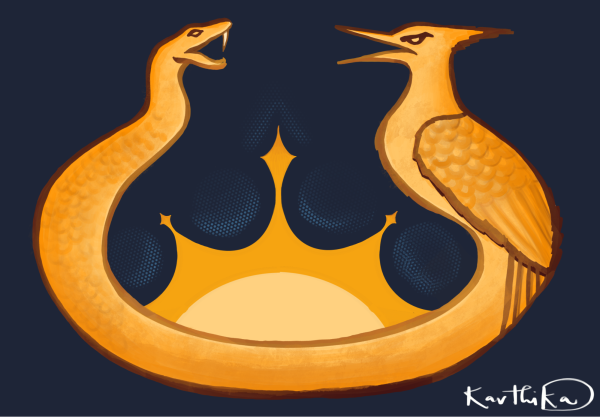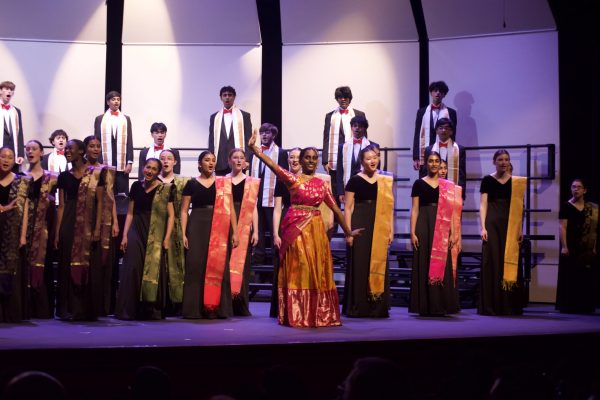“Teenagers today want to read about teenagers today”
Young adult literature provides exactly what its audience needs
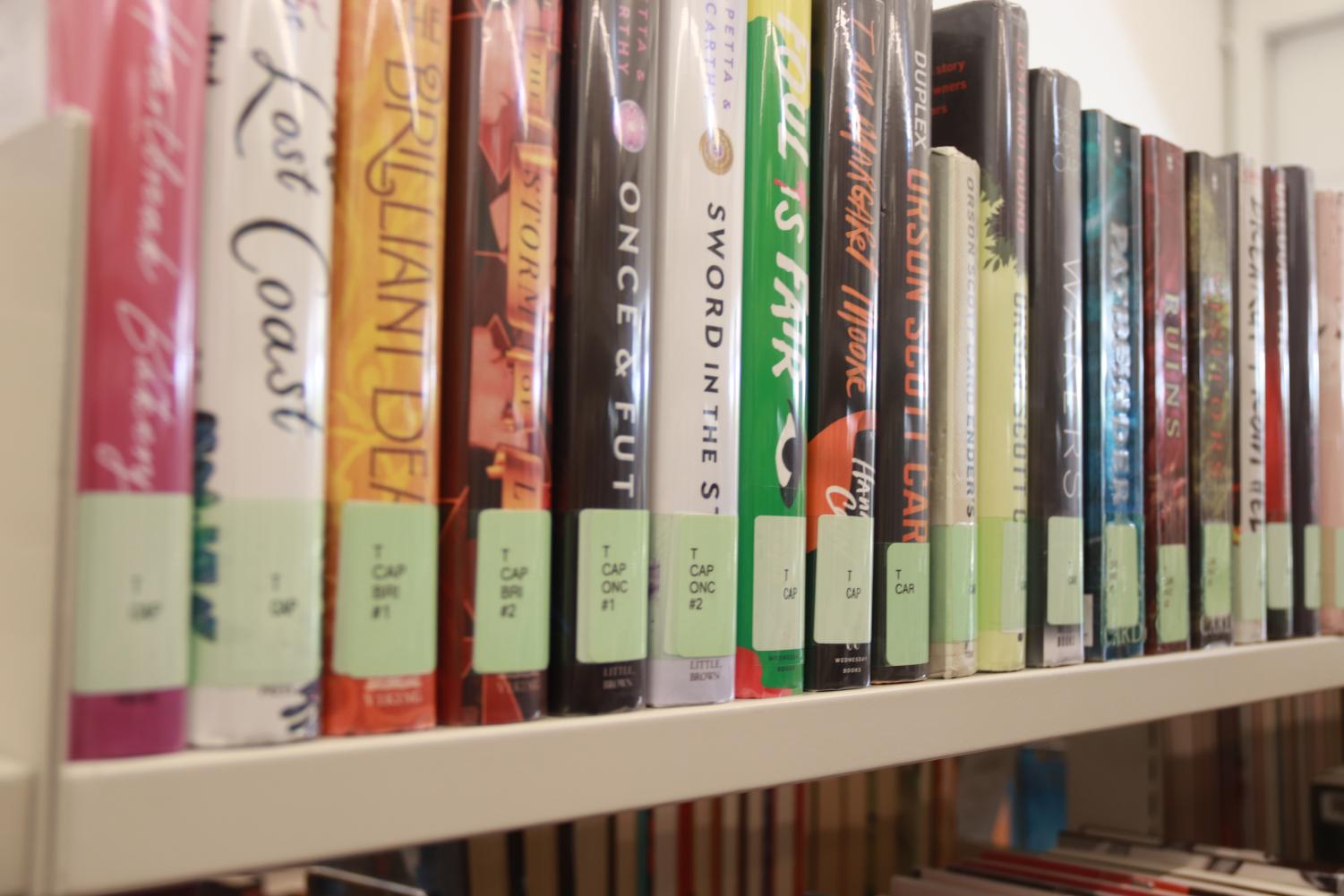
It was late August in 1967 when then 19-year-old S.E. Hinton, best known for writing the classic young adult novel The Outsiders while still in high school, published an impassioned article in The New York Times Book Review.
“Teenagers today want to read about teenagers today,” Hinton wrote. “The world is changing, yet the authors of books for teen-agers are still 15 years behind the times. In the fiction they write, romance is still the most popular theme with a horse and the girl who loved it coming in a close second. Nowhere is the drive-in social jungle mentioned. In short, where is the reality?”
The Outsiders, published April 24, 1967, was Hinton’s reality. The novel, which is focused on the socioeconomic divide of the Socs and Greasers, two rival gangs, follows 14-year-old Ponyboy Curtis as he attempts to find his inner sense of right and wrong. According to a 2005 interview Hinton did with The New York Times, the gangs were based on gangs at Hinton’s own school, Will Rogers High School in Tulsa, Okla., and her empathy for the Greasers, a group fostered by the 1950s subculture heavily covered and romanticized in media since.
Hinton was only a teenager when The Outsiders was published, but she went on to be credited as a kickstarter for the young adult genre. In following years, novels such as The Chocolate War (1974) by Robert Cormier, Hatchet (1987) by Gary Paulsen, The Giver (1993) by Lois Lowry, Holes (1998) by Louis Sachar and more recently The Hunger Games (2008) by Suzanne Collins, continued the craze, and young adult literature began to develop alongside young adults. As nihilism and individualism hit another wave of popularity in the early 2000s, the literature followed suit and dystopian settings became frequent.
In short, the accessibility and relatability of the young adult genre led to its popularization. Simultaneously, however, the qualities have powered the genre’s opponents––namely, those who oppose it for being uninspired, unrealistic or immature.
But while the average modern teenager is not actively and single-handedly founding a revolution against a corrupt dictator or societal norm like their favorite characters might be, their world’s political atmosphere is certainly fraught. Feeling powerless or overwhelmed with the state of the world ahead of them is clearly reflected in the genre’s trends.
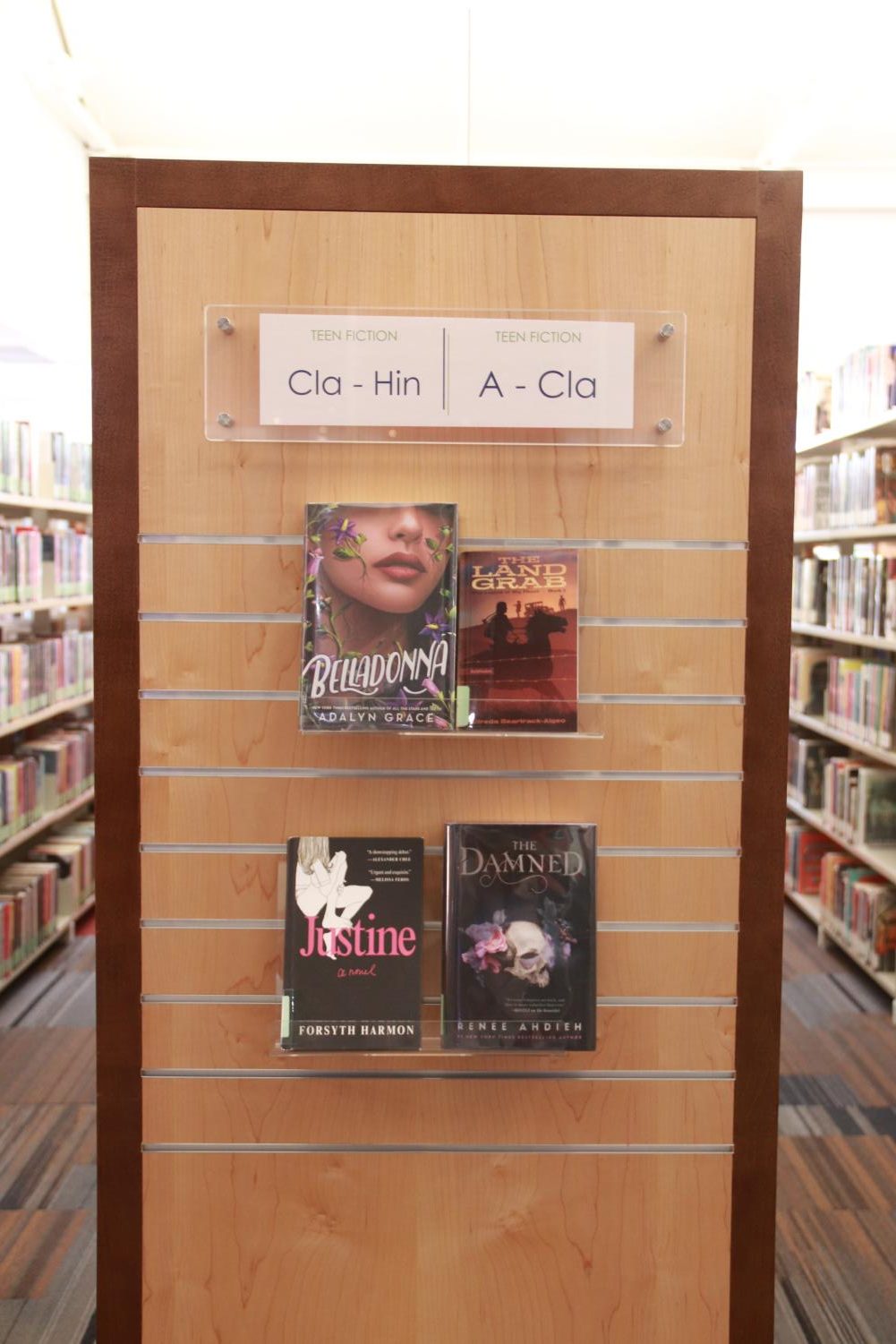
Just look at some of its most common characteristics: a teenage protagonist whose problems the story revolves around, parents who are “noticeably absent or at odds” with their children and typical coming-of-age themes. Each one gives agency to the young adult. No, it is not always realistic how much agency they have, but the experience is undeniably immersive. It is hard not to feel understood when the power is placed in the hands of someone who feels powerless, especially as one ascends into adolescence, an infamously angsty and emotional time in one’s life.
The Outsiders itself was borne from Hinton’s own desire to feel understood by the books she read throughout her adolescence.
“I was surrounded by teens and I couldn’t see anything going on in those books that had anything to do with real life,” Hinton said in a 2014 interview with The New Yorker. “[But] there is so much variety in young adult now. Any writer who gives a reader a pleasurable experience is doing every other writer a favor, because it will make the reader want to read other books.”
Getting kids to read is a problem by itself, exacerbated even more since 2014. According to The Atlantic, a 2019 survey by the National Assessment of Education Progress found that percentages of 9 and 13-year-olds who said they read daily for fun had dropped by double digits since 1984, and one of the “most compelling” reasons is the lack of personal connection to books.
If the problem is forming a connection with the story, young adult literature is reading’s best bet. After all, books and franchises in the young adult genre tend to have some of the most attentive fanbases.
When the The Hunger Games movies made their re-debut on Netflix, their fanbase came out of the woodwork. In an online movement coined the “renaissance” of the well-known franchise, theories and fan-edits have abounded with popularity unseen for a decade. It is apparent that even though the series is a decade old, many still feel strongly about it.
In fact, The Hunger Games is hailed as a maverick for the young adult genre in particular. While the writing style is YA-type simplistic and the dystopian setting has been imitated by countless franchises since its 2008 release, the fact that it was one of the first of its kind, and its indelible mark on pop culture, remains.
The Hunger Games is also an example of a young adult franchise that differs from the stereotype of vapid characters and shallow premises, praised by Forbes as one of the “finest modern examinations of not only totalitarianism and class oppression, but also of propaganda and the battle for ‘hearts and minds’ waged by both sides of a fight.”
The novels’ social commentary calls out the vanity and lies of the in-universe media. Collins makes the young age of the protagonists intentional to the message of the story so it adds rather than subtracts from its realism. The characters are still relatable to teenagers. There are a number of reasons why the franchise is still praised a decade after its release, and it is for these reasons that YA literature continues to thrive, even when many books do not meet this standard.
There is more to the story, of course. One could argue that older novels in the genre are “better” than most of the ones of recent years, which seem to repeat situations and settings shifted slightly to the left. And there is validity to the number of problems that exist within the genre nowadays, starting with its sometimes cookie-cutter worldbuilding and unrealistic generalizations and expectations for the political and physical capabilities of teenagers. Young adult literature is far from perfect, and it is accordingly mocked.
But I’ll be honest. I can tell you about themes and metaphors and the magnitude of the protagonist’s long-fated decision, and I can understand the impact of the social commentary. I’m still not sure I can truly tell the difference between a “good” and “bad” book, movie or song by any standards except whether or not I had fun and felt immersed while reading or watching or listening to it. And with young adult novels, despite some dark moments, it’s pretty often I find myself having fun.
Maybe it is not always necessary to pick apart the bones, while there is often meaning to them. Maybe sometimes, especially if it gets you to just read more, it’s enough to just enjoy yourself. Eventually, if you’re doing it right, that critical thinking wheel you’re supposed to turn by reading might start churning itself.
While the young adult genre has its fair share of snags, there are gems deserving of appreciation for their depth despite being intended for a younger audience. And for the ones that don’t have that depth?
Hinton offered some helpful advice for them as well: “If you enjoy reading something, read it.”
Follow Saniya (@SaniyaKoppikar) and @CHSCampusNews on Twitter.
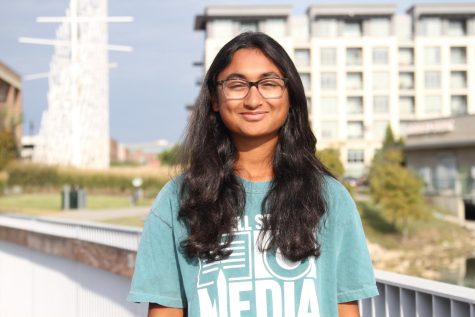
Saniya is a senior and the entertainment editor for The Sidekick. She is entirely too committed to her Goodreads Reading Challenge, enjoys music and obscure...

Nandini Paidesetty, a senior and the Visual Media Editor for The Sidekick. She is a photographer, and works on publishing weekly podcasts. She love...



